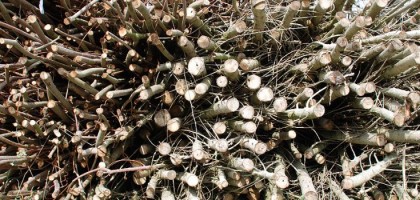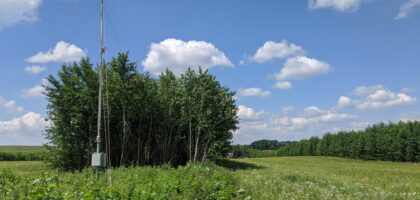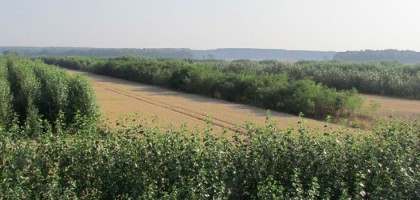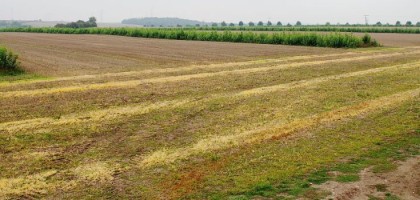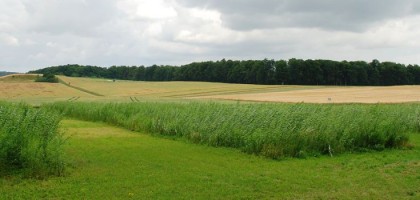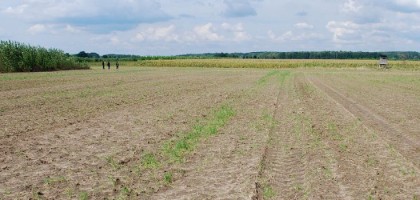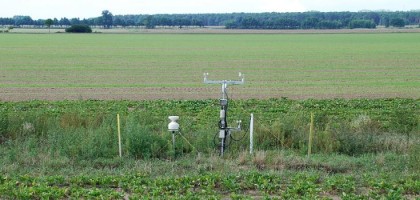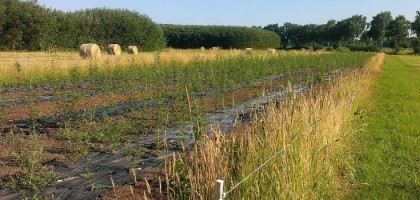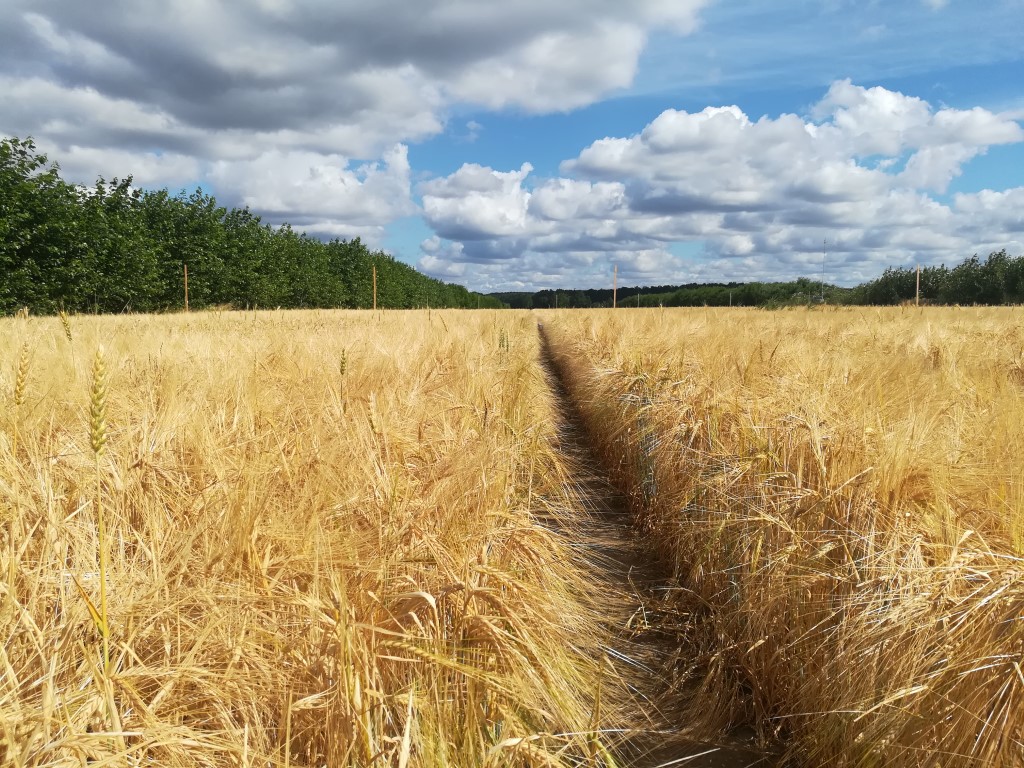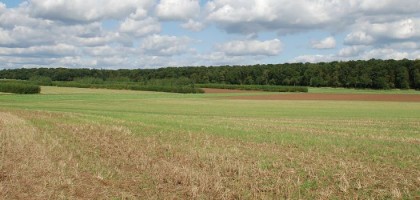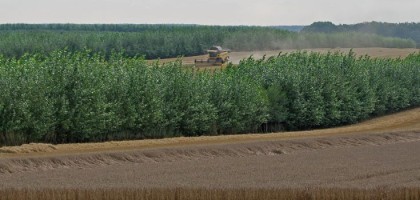TP1-1: Nutrient efficiencies
Nutrient response and nutrient retention efficiencies in agroforestry systems
Summary
Conventional agricultural systems are very productive and profitable but not efficient in using soil nutrients, which may cause serious environmental problems. Agroforestry systems (i.e. combination of crops and trees) are innovative agricultural systems in that they take advantage of beneficial ecological functions of their components, which are crucial to attain high productivity with possibly less environmental effects. Presently, there is a lack of understanding on beneficial interactions or possible competitions for resources (soil nutrient availability, water, light) in agroforestry systems. Growing trees with crops will be beneficial when trees are able to acquire resources that crops would otherwise not use, but will be detrimental to productivity if trees and crops are competing for the same resources.
Our objectives are to 1) evaluate how efficiently nitrogen (N), phosphorus (P), calcium (Ca) magnesium (Mg) and potassium (K) are being used in agroforestry systems compared to conventional management, using indices of nutrient response efficiencies and nutrient retention efficiencies; 2) assess whether differences in nutrient retention efficiencies between agroforestry and conventional agricultural systems are related with differences in microbial nutrient-cycling processes in the soil or by differences in plant uptake of nutrients; and 3) investigate the existence of facilitation and/or competition in soil nutrient resources between trees and crops in agroforestry systems compared with conventional agricultural systems.
TP1-1 will measure nutrient response efficiency and nutrient retention efficiency for N, P, Ca, Mg and K at all sites and treatments. N, P, Ca, Mg and K response efficiencies will be calculated as the product of N, P, Ca, Mg and K uptake efficiency by plants and N, P, Ca, Mg, K use efficiency by plants. N, P, Ca, Mg and K retention efficiencies will be assessed both at the stand level (tree or crop) and ecosystem scale (considering both tree and crop). We plan to measure all parameters at all sites (6 sites) and replicate plots (4) at different distances from the tree strips. Similarly, all parameters will be measured at the control sites (6 sites x 4 replicate plots).
